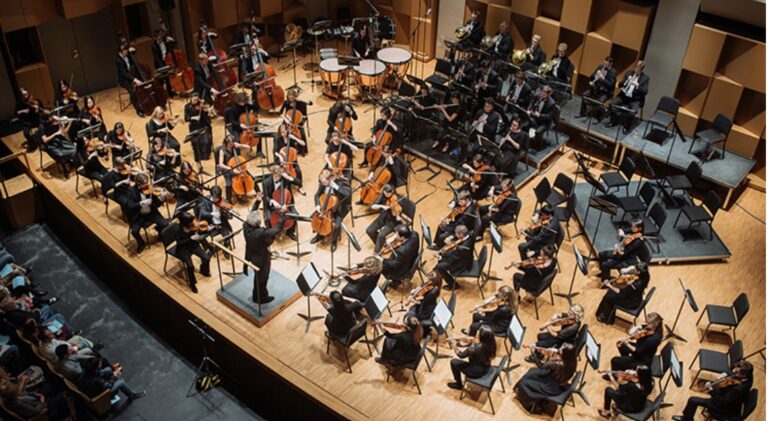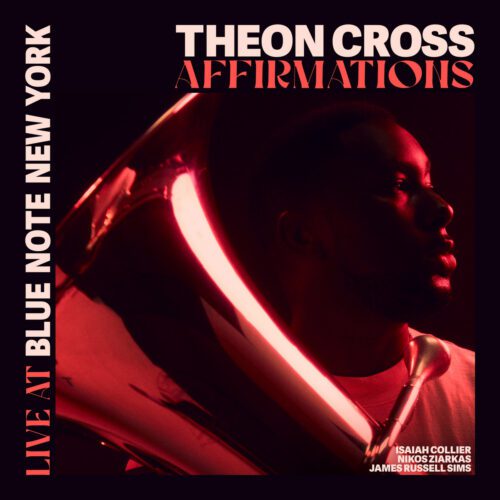As was the case for Claude-Champagne Hall at Université de Montréal last fall, it’s now McGill University’s Pollack Hall’s turn to be closed for renovations, forcing its occupants to perform elsewhere. As a result, the first concert of the institution’s symphony orchestra (MGSO) was given in Vanier College’s very small 400-seat amphitheatre.
In sports jargon, playing abroad can be hostile, and the same is true for a symphony orchestra. As soon as you enter the hall, you notice that the stage space is too cramped for an ensemble of this size, so that some musicians play just a stone’s throw from the wings.
And as soon as the oboe begins, another thing strikes you: the hall’s acoustics are very, very dry.
In other words, the sound doesn’t resonate at all and stops dead in its tracks. For a musician, this is extremely difficult, as he can’t take advantage of the feedback to adjust with his colleagues. Worse still, it’s quite possible that those playing behind can’t hear what’s going on in the front rows. In short, accuracy is a colossal challenge in these circumstances. There are, however, a few advantages to playing in such a venue, and we’ll come back to them later.
The program begins with Fanny Hensel’s Overture in C major (Mendelssohn), the only orchestral work she composed. This is a very interesting piece, with a pastoral introduction. In the fast part, two main contrasting themes guide the work, which demands virtuosity from the strings and exposes the solid woodwinds. The finale is increasingly energetic and fast-paced. Well worth reprogramming.
Next came the Flute Concerto by Danish composer Carl Nielsen, with soloist Aram Mun, winner of the 2023-2024 Composition Competition. Here, the acoustics serve her well, as the soloist is never buried by the orchestra. She achieves a flawless performance, with superb phrasing and lightly vibrating end notes. What’s more, her slow-motion passages are stretched out so that the music settles down. In this work, the hall is a great help, as in a few places there are dialogues between the solo flute and other instruments. For example, the flute-bass trombone-timbals and flute-horn-alto trios are perfectly balanced. Conductor Alexis Hauser leads the orchestra by continually making eye contact with his soloist, not without risking hooking her on a few occasions due to their proximity.
An additional difficulty was added after the break for the pièce de résistance, Anton Bruckner’s 6th symphony: the heat. So many people in such a small space undeniably raises the temperature, impacting the instruments. Indeed, in the heat, the sound rises, forcing Hauser to retune the orchestra between each of the symphony’s movements.
Despite all these constraints, the youngsters from the MGSO put on a very fine performance. Articulations are hyper-precise and the forte-piano effects are wonderfully executed, the hall helping. The conductor did an admirable job of preparing the climaxes by delaying the long crescendos as long as possible, but the maximum volume soon reached a ceiling. The poor musicians could have blown as hard as they could and played with full bow, but there’s nothing to be done: the sound just won’t come through. It’s precisely these climaxes that can’t resonate as they should. These architecturally constructed moments need time to evaporate. This makes it difficult for the brass instruments behind to project, and the trombones, only one of which played in the first half, take half a movement to adjust.
The second movement was undoubtedly the highlight of the concert. This sublime page brought out a beautiful hushed sound in all the string sections, as well as a melodious oboe solo, the latter pulling out the stops to highlight the dissonances. Guided by a committed Hauser, the musicians never let a phrase fall by the wayside, building on very solid harmonic foundations in the winds. The third movement also produced some fine moments, especially the horn section, which was able to show off its talents in the scherzo trio.
























